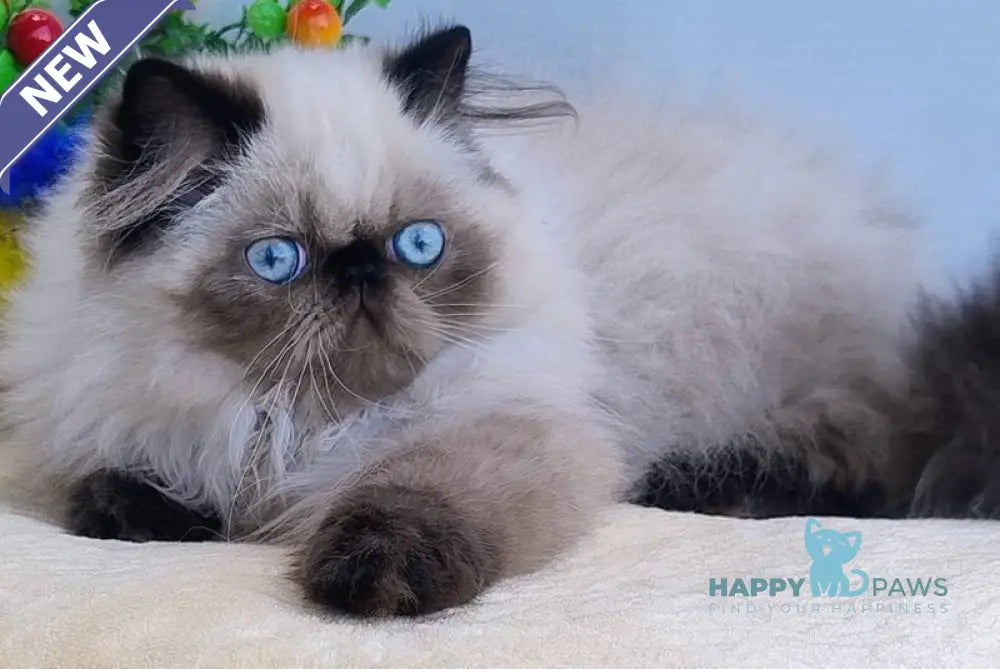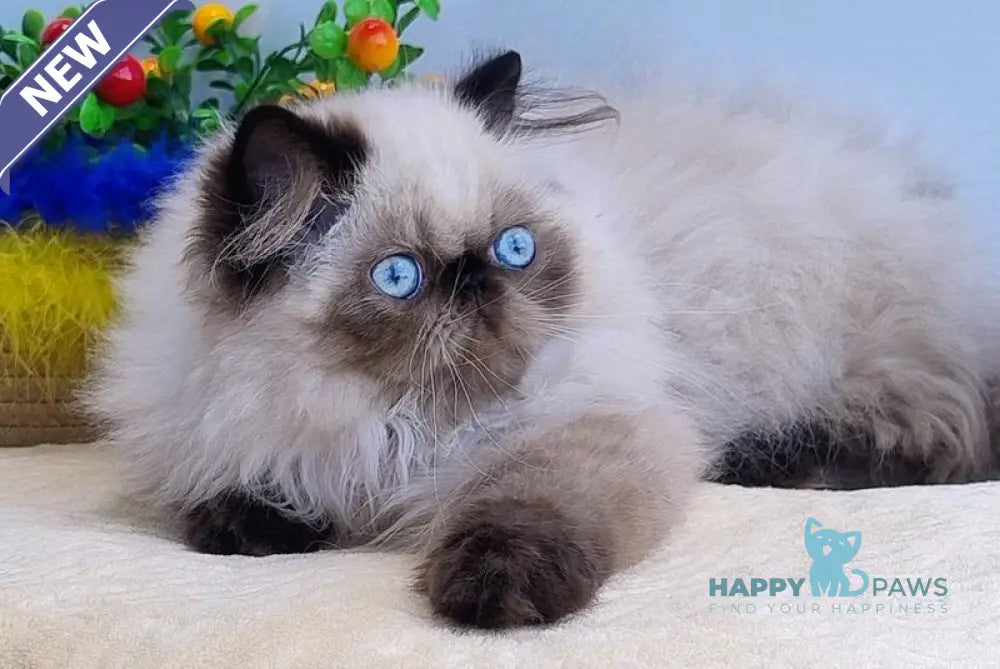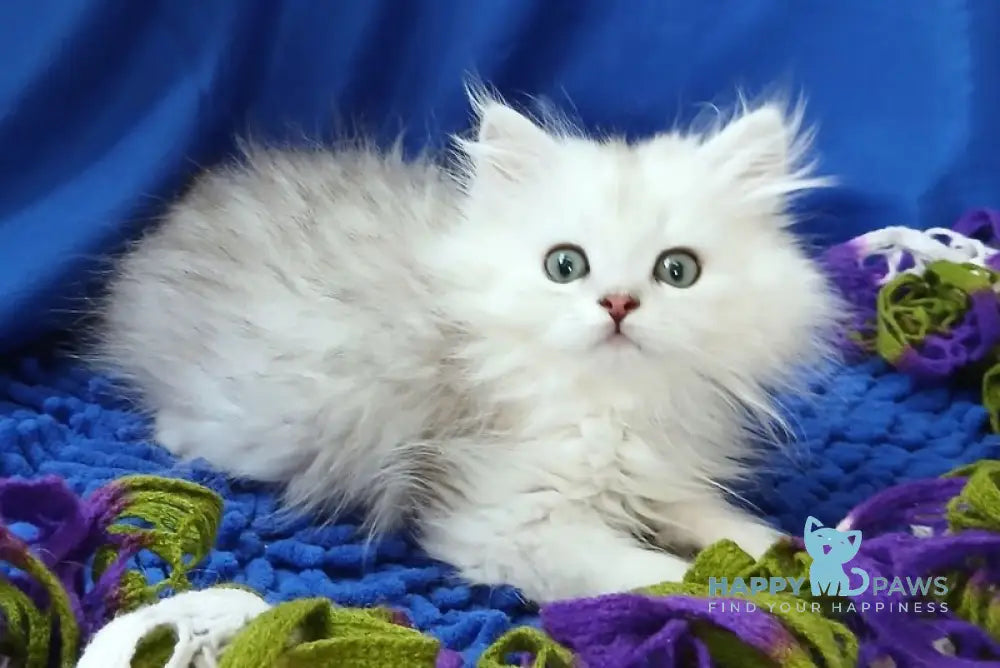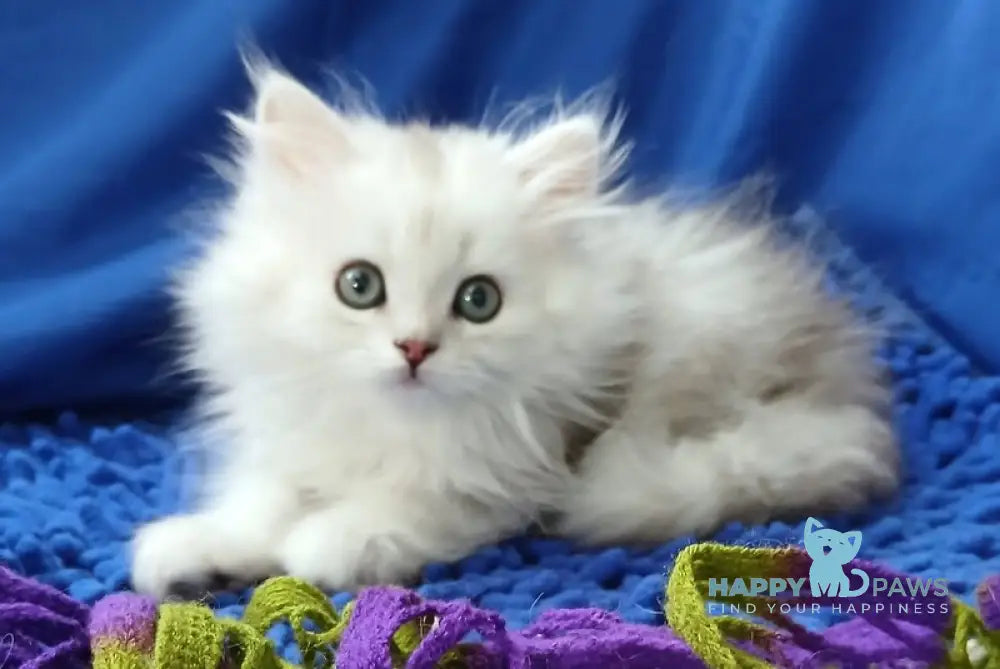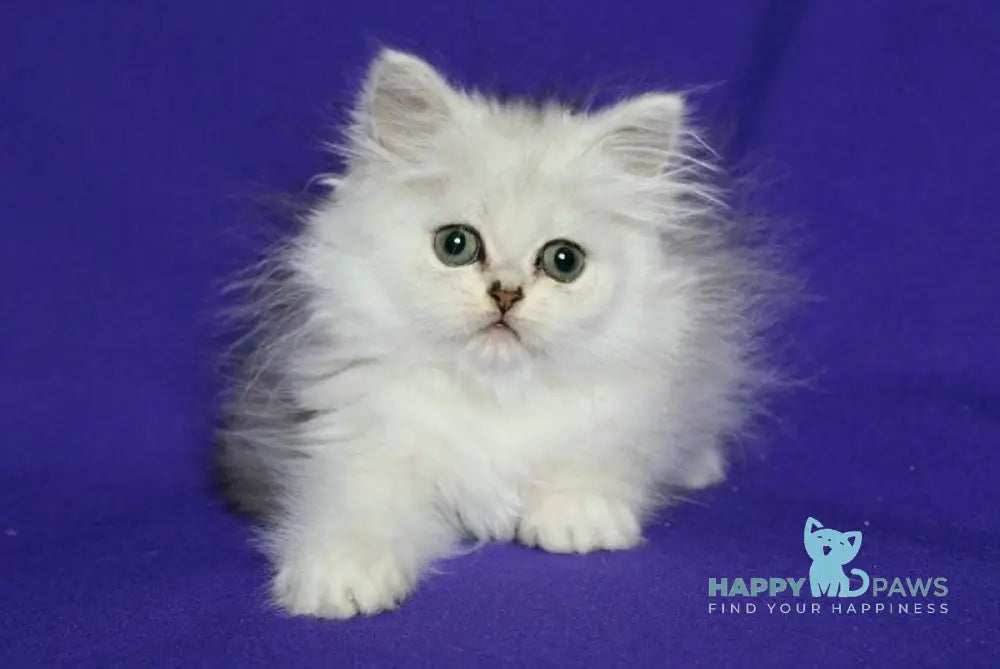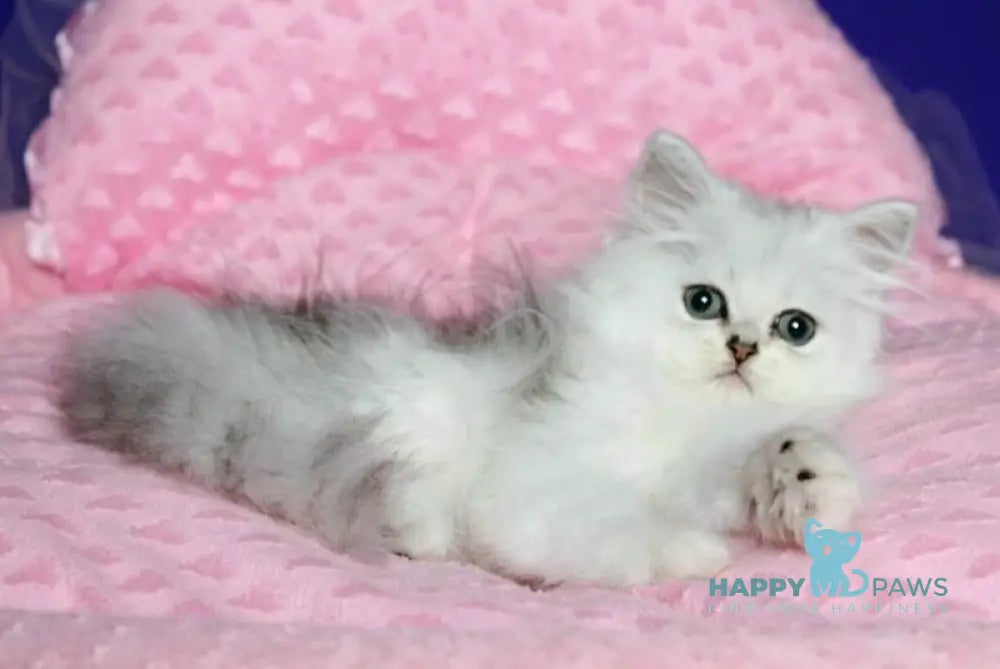Collections
-
- Abyssinian
- Balinese
- Bambino
- Bengal
- British Shorthair
- British Longhair
- Burmese
- Cornish Rex
- Chausie
- Devon Rex
- Egyptian Mau
- Elf
- Exotic
- Kurilian Bobtail
- Lykoi
- Maine Coon
- Munchkin
- Oriental Shorthair
- Persian
- Ragdoll
- Russian Blue
- Savannah
- Scottish Fold
- Scottish Straight
- Selkirk Rex
- Siamese
- Siberian
- Somali
- Sphynx
- Toyger

Persian
8 products
Showing 1 - 8 of 8 products
Persian Cats: Learn More About This Breed
Persian cats, which originated in the Iranian and Persian deserts, have been prized for hundreds, if not thousands, of years. Their wide, flat faces and long, flowing coats in nearly every hue make them immediately recognizable, and a luxury feline breed range in size from medium to big. Persian cats are kind, affectionate friends, despite their occasionally gruff exterior.
What Makes Persian Cats So Special
Persian cats are well-known and adored for their calm, gentle, and loving nature. If properly introduced, Persians also like the companionship of gentle dogs and other cats.
Despite their friendliness, these calm companion cats should only be handled gently, thus small children should not roughhouse or grab them. Although they get along well with polite, courteous children, they would prefer to be petted and adored than to participate in physically demanding sports.
Persians like lounging on their favorite position in the house, whether it's a cozy chair or atop a cat tree, where they can see the activities of the household from an excellent vantage point. Persians love their homes. To avoid overheating or tangling their thick, lengthy coats, it is essential to keep them indoors.
Their Appearance
The Persian is a medium-to-large cat with a deep chest, a short back, and short, strong legs.
The flat face with broad cheeks, short snout and short snub-nose, round cheeks, firm chin, medium-sized ears, and large, round eyes that create a charming expression are the characteristics that instantly identify a Persian cat.
The Persian cat's long hair has a thick undercoat that gives it lots of volume. The Persian cats are available in a wide variety of hues and designs. There are tabby, solid, tortoiseshell, and bicolor patterns. Black, white, blue, cream, red, lilac, silver, golden, and chocolate are among the colors.
How Do You Care for Your Persian Cat?
Persian cat care is very rewarding but demands commitment. A Persian cast needs frequent mental and physical stimulation, so giving them interactive toys, climbing frames, and scratching posts keeps them content and active. Persian cats are best kept indoors, away from potential hazards like traffic or other animals, due to their calm disposition and long, delicate coats.
Socialization
Persian cats are gregarious and like being around people. To deepen your relationship, spend time with your Persian cats, show affection, and have engaging play sessions. Young kittens that are socialized can develop healthy relationships with a variety of humans and animals that will serve them well as adults. Although these cats get along well with kids and other animals, young children should be watched carefully around longhaired cat breeds since they might want to grab handfuls of their fluffy, thick coats.
Health
Persian cats are susceptible to dental disorders, polycystic kidney disease, and respiratory concerns because of their small nasal anatomy. If you observe any signs or modifications in your cat's behavior or health, speak with your veterinarian. In the interim, it's critical to maintain regular veterinary care and safeguard Persians with a quality cat insurance policy.
These calm companion cats require proper dental care, just like any other cat. To avoid dental issues and maintain proper oral hygiene, wash their teeth on a regular basis using a toothbrush and toothpaste designed specifically for cats.
Caring for Coat
The coats of Persian cats are thick and multilayered. Brushing should be done every day to maintain healthy skin and fur and to avoid matting and furballs. Additionally, the Persian will benefit from more regular brushing during seasonal shedding periods because they tend to shed more at these times.
To assist with maintenance, some owners would rather have their luxury feline breed professionally washed and groomed. Persian cats require routine nail care and dental cleaning, just like any other breed, in order to remain content and healthy. At an early age, expose your Persian kitten to these situations while maintaining a calm and encouraging demeanor.
Exercise and Enrichment Needs
It's crucial to make sure the calm companion cats have enough movement in between naps since they require exercise to prevent weight gain. Thankfully, this is frequently made simple by their love of play. Using a fishing-pole-style toy to encourage running and jumping will help keep these cats in shape because they particularly like pursuing toys.
Despite their intelligence, Persians are frequently less curious than other breeds. For their minds to remain active and bright, all cats and kittens require mental stimulation! Cats who are food driven will love simple food puzzles. To prevent your kitty from becoming bored, rotate their cat toys on a regular basis. To allow them to show their predatory tendencies, interactive wand toys featuring prey-like lures are a wonderful option.
Tips for Adopting or Buying a Persian Cat
The decision to acquire longhaired cat breeds are influenced by a number of variables, such as your living circumstances, lifestyle, level of commitment to the cat's grooming requirements, and personal preferences.
Spend some time learning about the breed, visiting responsible stores like Happy Paws, or discussing expectations with trustworthy breeders before deciding. To have a better understanding of Persian cats' needs and personalities, try to spend some time with them. Ultimately, if you're willing to give your Persians the love, care, and attention they need, adopting them may be a fulfilling experience for both you and your luxury feline breed.
